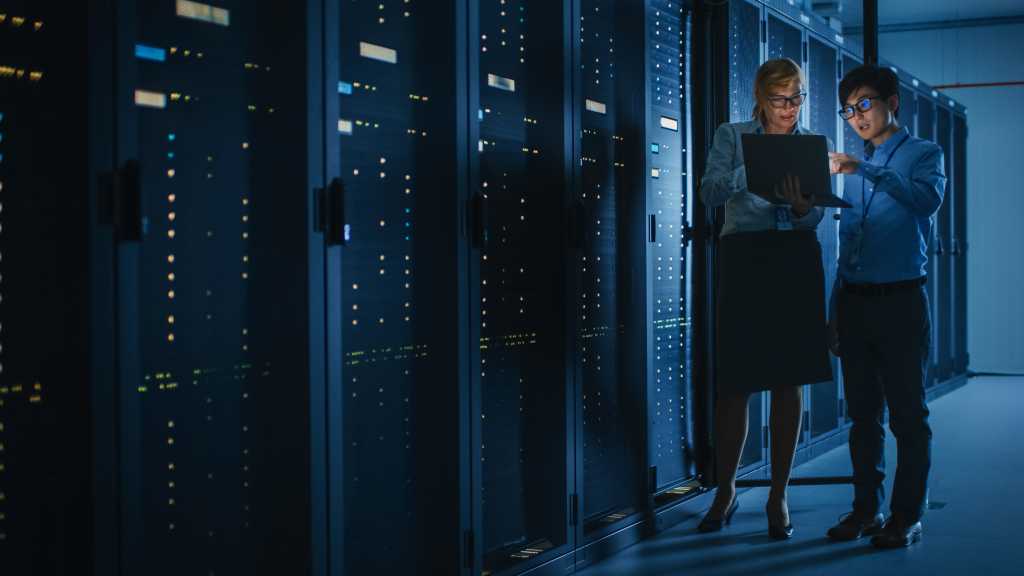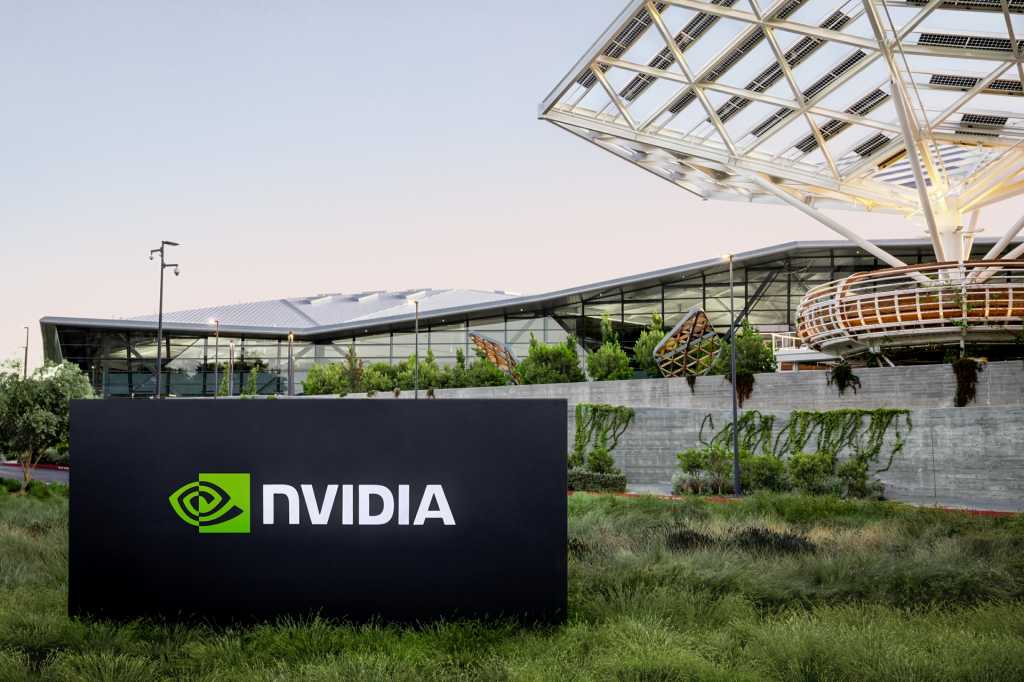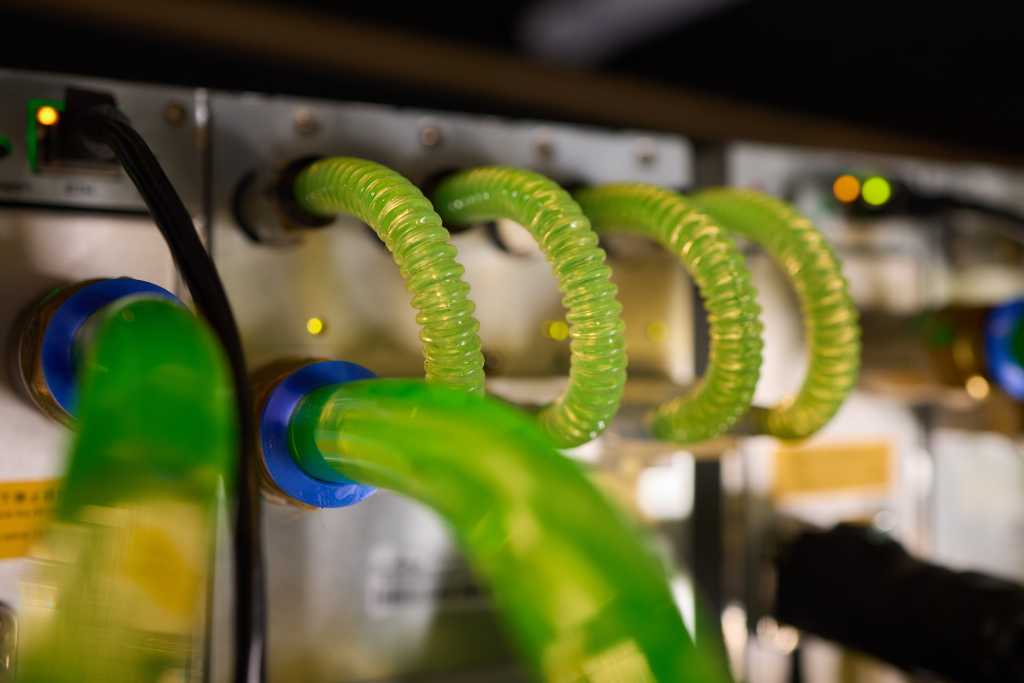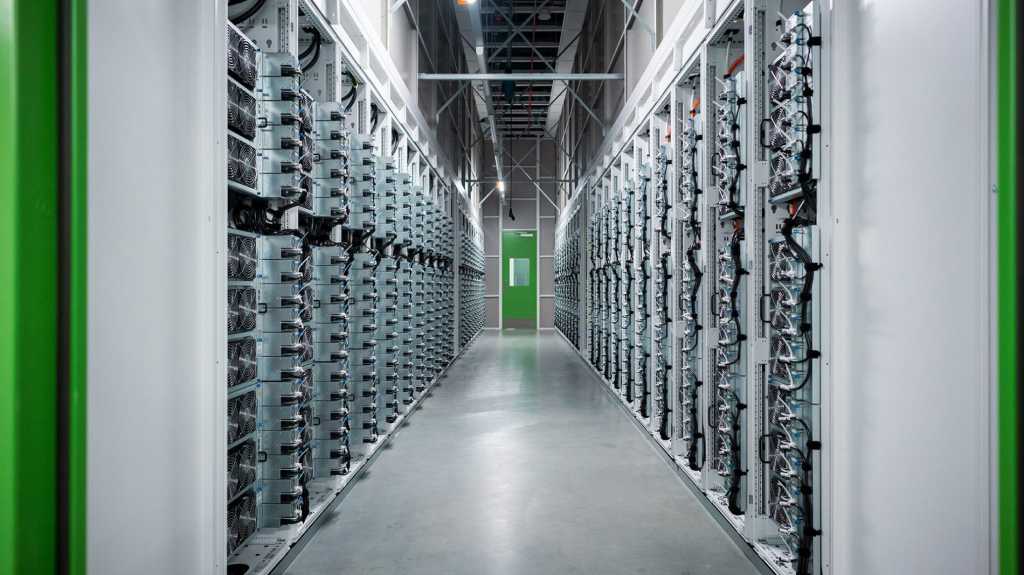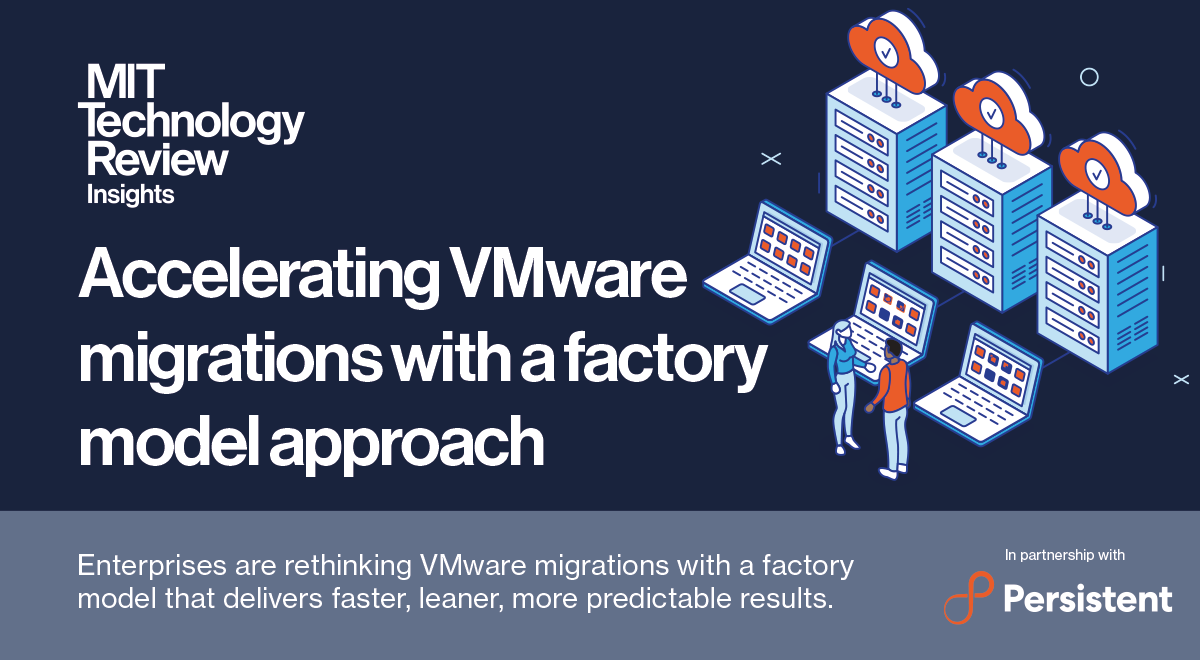Join our daily and weekly newsletters for the latest updates and exclusive content on industry-leading AI coverage. Learn More
Onscreen has been providing caregivers and seniors with an AI-based companion called Joy to help family members take care of older adults. Now it’s bringing its Joy AI companion app to Android tablets and iPads.
The company knows caregivers are outnumbered by those who need care in this country. I felt the reality of that as I and a team of caregivers took care of my mother before she died from dementia this year. And so it gave me a little hope to see Onscreen working on TV-based technology for AI companions for older adults last year. Now the company has a new way to reach seniors.
Onscreen Joy is an AI companion that reduces social isolation, supports aging in place, and enhances quality of life for older folks. It introduced the products at CES 2025, the big tech trade show in Las Vegas this week where it will be evident that tech companies are targeting seniors now.
Of course, we can say that it’s always better for the elderly to have human support for their caregiving. But the reality is there just aren’t enough caregivers. And there’s a loneliness epidemic that is making the onset of dementia with the elderly worse.
The new Onscreen Joy tablet app, is designed to enhance communication, companionship, and care for older adults. Unveiled at CES 2025, this new offering expands Onscreen’s mission to address social isolation and make care more accessible for seniors and their families. Onscreen AI-based care solutions will be on display at CES 2025 in AgeTech Atlanta booth (Venetian Expo Level 2 Halls A-D: Booth 54600).
“Here at Onscreen, we are building the TV solution for older adults. Every day, 10,000 people become a senior in this country. There’s over 22 million folks over the age of 75, over 13 million folks over the age of 80, and they all struggle with technology to certain some point as they age,” CEO Costin Tuculescu said in an interview with GamesBeat some weeks ago. “It just gets harder and harder and harder.”
He added, “On the other side of that equation, you have a family members, who are usually their adult children, that just start to worry. They want to see their parents. They want to make sure the parents are thriving, that they’re doing well, but it’s hard trying to get 80-year-old mom or dad on a zoom call.”
To deal with that, Tuculescu said, “We have created a product to make the tech extremely senior friendly. Bring family communication and keep everybody in the loop. Bring socialization to address problems like loneliness and isolation, and bring an AI companion into the home that lets us stay in touch with our older adults. And the AI companion, in essence, is always available to the senior and collects information about how the senior is doing things that they need. And then further, kind of connects the family with the senior to make sure everything they need is handled.”
Expanding Joy AI to tablets

Building on the success and learnings of its TV-based Moment senior care platform, the Onscreen Joy app eliminates the requirement for a new hardware device, and brings Onscreen’s most important senior care features of the platform to Android tablets and iPads. It’s like Roku for seniors.
This new app enables families to set up a senior care hub using devices they already own, often older generation devices that collect dust once the upgrade cycle comes around. By lowering the barriers to entry and leveraging existing hardware, Onscreen Joy enables more seniors and families to benefit from Onscreen’s broader caregiving platform.
“Launching Onscreen Joy at CES 2025 is a significant step toward opening up the Onscreen ecosystem, and making the powerful capabilities of Onscreen available to more families that need them,” said Tuculescu. “Our goal from day one has been to simplify technology so that seniors feel supported and engaged. By offering a tablet-based solution, we’re removing barriers and empowering families to use their existing devices to provide meaningful care.”
Key Features of Onscreen Joy
The app includes a wide range of capabilities designed to enhance the lives of seniors and
their families:
- “Joy” the Personal Companion: Offers engaging conversations, trivia, jokes, and creative activities like painting, bringing entertainment and stimulation to seniors.
- AI Wellness Check-Ins: Joy performs wellness check-ins in the form of friendly reminders for essential activities like taking medication, eating meals, drinking water, and engaging in physical activity.
- Automatic Video Call Answering: Automatically connects seniors with trusted family members in their “Favorites” list, making communication seamless. Callers using both iOS and Android devices can easily connect with their older loved ones, overcoming the limitations of proprietary video calling systems tied to specific mobile operating systems (ie FaceTime).
- Family Zoom Sessions: Allows seniors to join family Zoom calls without requiring any effort, ensuring they stay connected to larger family gatherings.
- Simple Text, Photo and Video Messaging: Displays text messages, photos, and videos in an easy-to-read format, making it simple for seniors to engage with shared content.
- Live Interactive Events: Provides access to live events and activities, enabling seniors to participate in engaging and interactive experiences from the comfort of their home, with no technical assistance required.
- YouTube Content Sharing: Plays videos shared by family members directly on the tablet, offering a personalized entertainment experience.
- Photo Gallery & Slideshow: Organizes shared photos into a dedicated gallery, creating a visual archive of cherished memories. Optionally, when the tablet is idle, photos of loved ones will be rotating through, effectively providing a convenient picture frame.
Updates to the Onscreen family app

In addition to launching the Onscreen Joy senior care tablet app, the company has rebranded its existing app for family members and caregivers as Onscreen Family. This app continues to provide an intuitive way for families to stay connected with their older loved ones through features like video calls, photo sharing, and real-time updates.
Onscreen Family works seamlessly with Onscreen Joy, creating a comprehensive solution that meets the needs of both seniors and their support networks. Additionally, Onscreen provides a web application for users that prefer to set up Routines on a larger screen, and gives family caregivers the ability to trends and outcomes resulting from Joy’s check-ins with the senior.
The loneliness epidemic
Whether through friendly conversation, mental stimulation with trivia games and brain teasers, or creative sessions like generating a painting, Joy offers daily interactions that reduce loneliness and foster emotional well-being. By engaging older adults in meaningful and fun activities, Joy helps keep their minds active and spirits lifted, all from the comfort of their TV — a familiar device for seniors.
Rolled out this fall, Onscreen provide caregivers and senior care professionals with insights into the daily lives of their loved ones or patients through an accessible TV-based format. As the aging population grows, Joy’s enhanced features promote well-being, support activities of daily living, enable health monitoring, and increase cognitive and emotional engagement, offering a clearer picture of health and safety while reducing feelings of isolation.
“Loneliness and isolation is a massive problem. It affects about 40% of seniors,” Tuculescu said. “Loneliness and isolation gives you a 50% increased risk of dementia, 30% increased risk of stroke, 35% increased risk of heart heart disease.”
Onscreen’s own studies show 88% of caregivers reported reduced loneliness among their loved ones; 76% observed a significant increase in happiness; and 86% noted improvements in overall well-being.
These findings highlight the profound difference that accessible technology can make in the lives of seniors, particularly those facing cognitive challenges.
With regular check-ins and conversations, Joy helps seniors age in place for a longer time by providing helpful reminders, companionship, and mental stimulation, all while reporting insightful details about their daily activity, as well as their physical and mental health, to loved ones and caregivers, said Costin Tuculescu, CEO of Onscreen, in an interview with VentureBeat.
Tuculescu has a personal stake in this, as do we all, as he was inspired to start the business after caring for his mother.
Tuculescu saw how much platforms like Zoom helped in the pandemic, but he also saw the challenges that the older population had, even with something as simple as video communication.
“My parents are in their mid 70s. I connected with my other cofounder for Onscreen, who was Jerry Norton. He previously had a company that was acquired by GoTo Meeting. So we really have this whole conferencing and communication background and he went through the entire journey with his parents aging, having a really hard time staying connected with them, eventually passing away in a senior living facility, seeing the loneliness, seeing how disconnected they become,” Tuculescu said. “So he’s very passionate about this. I got parents in my mid 70s, and I see how their cognitive aspects are changing, and I know that we’re going to need better tools to support the general population.”
Onscreen can perform a general wellness check, giving a comprehensive assessment of the senior’s health, emotional state, and living conditions to ensure well-being and comfort. Joy can also do a meal and hydration check, confirming whether meals have been eaten and if the user has been drinking enough water.
Joy also encourages physical activity, promoting mobility and overall physical well-being. And it performs a sleep quality, monitoring sleep and rest patterns. And Joy offers gentle reminders to maintain personal hygiene and ensure a safe, secure living environment.
A gaming element
There’s also a gaming part of this. Joy offers memory lane and brain teasers. These are engaging sessions for reminiscing or mental stimulation, promoting positive emotions and cognitive sharpness.
And it has daily jokes and trivia games. These are fun, interactive moments that lift spirits and entertain elders. The patients can also paint. Joy can prompt the user to generate a unique painting, fostering creativity and engagement.
Caregivers and family members can see the paintings their loved ones create in the Onscreen mobile app, save them, and even share them with family and friends.
These new capabilities complement Joy’s initial set of check-in routines that have already started to roll out earlier this year:
Joy can also do a casual check-in focused on providing friendly conversation and company, purely for social connection. And it can do a medication check, where Joy reminds users to take prescribed medication, asking about side effects or challenges and ensuring they stay on schedule.
Lastly, Joy can perform a pain and happiness check. It can check on both physical pain and emotional happiness, asking users to rate their well-being to offer personalized empathy and care.
Availability and pricing
Onscreen Joy is available now on the App Store and Google Play Store. Families can start with a 30-day free trial, allowing them to explore the app’s features and benefits. After the trial, the service is available for a subscription fee of $9.99 per month, offering an affordable way to enhance connection, companionship and care for senior loved ones.
A trusted senior care technology partner
Onscreen has established itself as a trusted name in senior care technology by creating solutions that address the unique challenges faced by older adults and their families. The
company’s flagship product, Moment, a TV-based senior care device, along with the
companion Onscreen Family app for caregivers, leverages the familiarity and comfort of
the TV to provide AI-powered companionship, reminders, seamless video calling with loved
ones, live Zoom classes, and even the ability to provide TV tech support from anywhere.
Recognized for its innovative approach, Onscreen has earned accolades such as the CES 2024 CES AARP AgeTech After Dark Pitch Competition win and selection into the AARP AgeTech Collaborative Accelerator. These achievements highlight Onscreen’s ongoing commitment to addressing the challenges of the growing aging population and improving quality of life for seniors.
Beyond senior care, Onscreen’s technology has also demonstrated its potential to serve diverse markets. As one of four finalist companies selected for the CTA Foundation’s Digital Health Innovation Challenge, Onscreen is adapting its AI-driven solutions to improve accessibility and wellness for working-age adults with intellectual and developmental disabilities. This recognition underscores the flexibility and scalability of Onscreen’s platform to address a variety of unique needs across different demographics.
Safe and trustworthy AI models

Tuculescu said he understands that trust is one of the most, if not THE most, important issue for its customers and partners. That’s why Joy’s AI operates on highly secure and vetted models, ensuring safety at every step.
Joy filters out harmful content and uses techniques like Reinforcement Learning with Human Feedback (RLHF) to ensure responses are accurate, reliable, and aligned with trusted policies.
Powered by OpenAI’s latest models, Joy leverages cutting-edge methods to prevent security vulnerabilities, making it safe for home and senior care environments.
A vision for the future of AI in senior care
These innovations are just the beginning of using AI for senior care, Tuculescu said.
The company is working to enable Joy to provide 24/7 companionship and support for elders both at home and in senior living communities.
With the silver tsunami approaching, these solutions are more critical than ever, Tuculescu said.
In addition to emotional support, Joy’s check-ins provide practical assistance to help older adults maintain healthy routines. From reminding them to take medications and stay hydrated to checking in on sleep quality, safety, and hygiene, Joy ensures that older adults are receiving gentle reminders to stay well while promoting independence. With Joy, older adults can enjoy companionship and care in a seamless, unobtrusive way, improving their day-to-day quality of life.
How Joy benefits family caregivers
Family caregivers can stay more connected and engaged with their loved ones’ well-being through the updated Onscreen mobile apps. These apps now feature a Companion Tab, which allows caregivers to view Joy’s interactions with their loved ones at a glance.
With just one tap, they can see the results of daily health check-ins, medication reminders, and hydration prompts, ensuring their loved ones are maintaining healthy routines. The app also captures moments of creativity and joy, such as paintings generated during interactive sessions, which caregivers can save and share with family members, creating a more connected and engaged caregiving experience.
This easy access to critical information provides caregivers with the peace of mind that they can monitor their loved one’s emotional, physical, and social well-being anytime, no matter where they are. Whether it’s keeping track of meal times, exercise reminders, or simply knowing their loved ones are engaged in meaningful activities, Onscreen’s mobile app empowers caregivers to stay involved in the daily lives of their family members conveniently and compassionately.
How Joy can benefit enterprises
For Enterprise customers—including senior living communities, home care agencies, and healthcare providers—Onscreen’s Enterprise Manager dashboard offers advanced functionality for managing a large number of devices and users.
The dashboard provides detailed insights into health check-ins, wellness metrics, and other data gathered through Joy’s AI interactions, enabling care organizations to deliver personalized and efficient care at scale. With tools to monitor multiple users and devices, the Enterprise Manager dashboard is a powerful solution for organizations looking to enhance care delivery and improve outcomes for seniors in their care.
Onscreen also offers Onscreen Live, which helps older adults participate in live online classes and events from the comfort of their TV. This innovative solution is made possible through new partnerships with The Loop Village and Discover Live, bringing a diverse range of interactive activities directly to the living rooms of older adults.
With Onscreen Live, it is possible to access live and interactive classes and content directly from the TV. Onscreen’s integrated camera and microphone now makes it seamless to fully participate in these live activities for seniors, allowing a fully engaging and interactive experience for older adults that may traditionally struggle to get technology working.
The Onscreen Live offering is an add-on to a user’s existing Onscreen subscription. Customers can choose to subscribe to either provider – The Loop Village or Discover Live, for a flat monthly fee of $50.
Onscreen has participated in the AgeTech Collaborative accelerator program, an eight-week program designed to elevate promising early-stage AgeTech startups. Onscreen also has an application programming interface (API) and an enterprise-grade device management portal.
The API gives Onscreen partners the ability to seamlessly integrate their services with Onscreen’s innovative TV-based video calling platform.
Daily insights on business use cases with VB Daily
If you want to impress your boss, VB Daily has you covered. We give you the inside scoop on what companies are doing with generative AI, from regulatory shifts to practical deployments, so you can share insights for maximum ROI.
Read our Privacy Policy
Thanks for subscribing. Check out more VB newsletters here.
An error occured.





